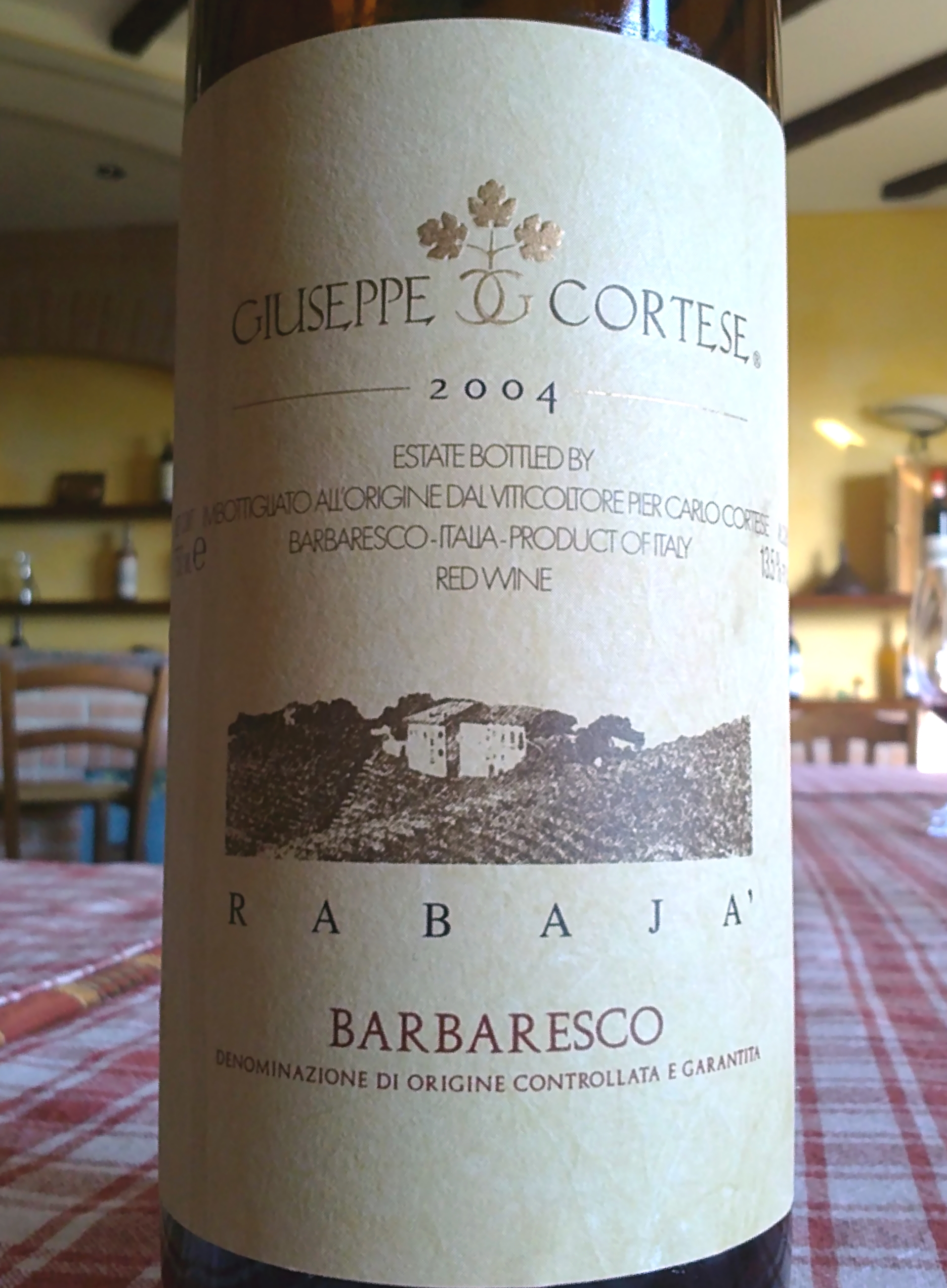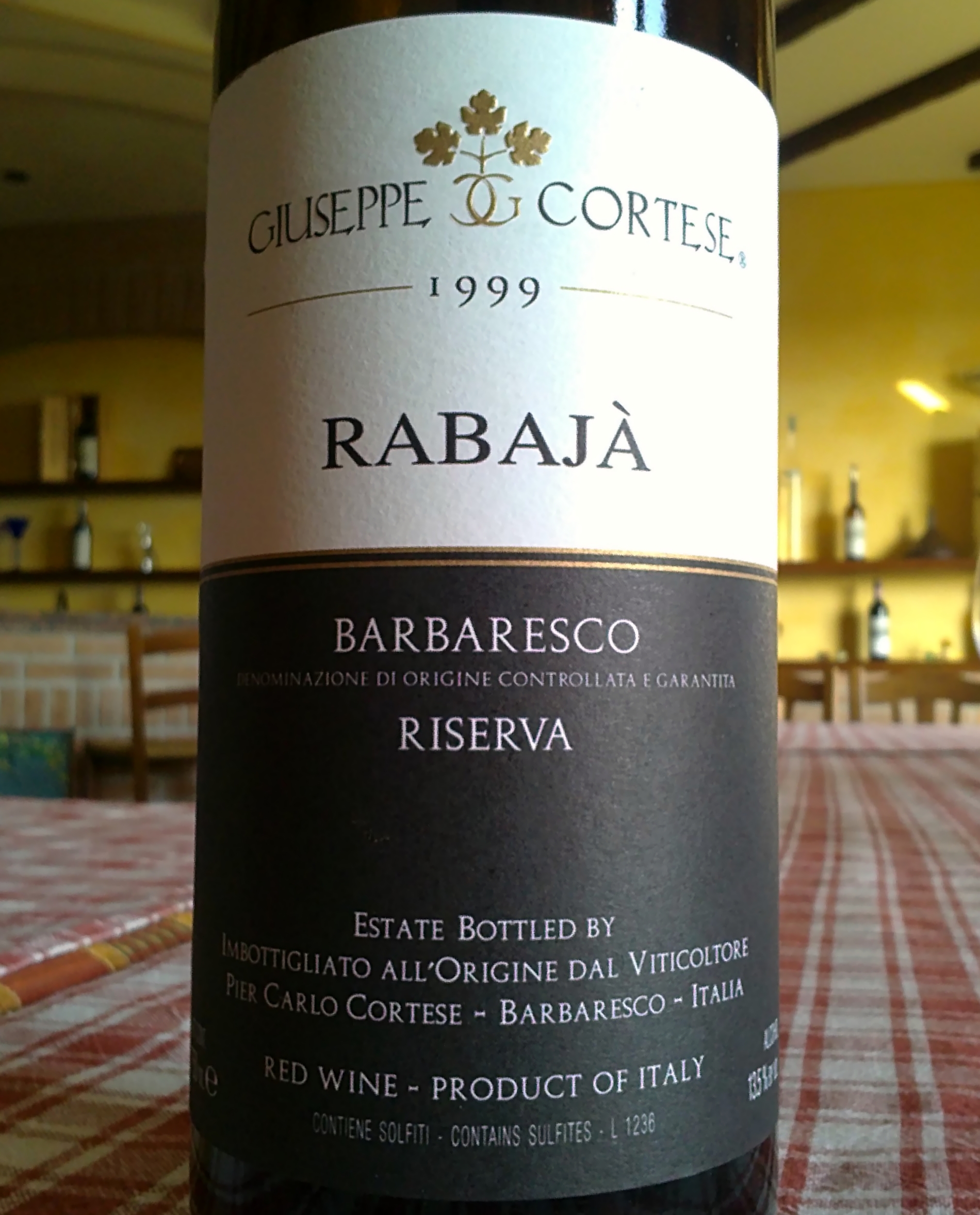Majestic Rabajà
Posted on 11 May 2011
My next Tuesday visit after Massolino was with Giuseppe Cortese. It’s exactly ten years ago that I was introduced to their wines by a Warsaw restaurateur. A bottle of 1997 Nebbiolo, with its distinctive coloured photograph label, was an eye-opener. Since then, I have consistently been impressed by the Cortese Barbaresco which is always one of the best buys in the region.
Barbaresco is usually considered an medium-bodied, soft, elegant, ‘feminine’ wine that’s ready to drink relatively early. As will all stereotype, there is a bit of truth in that adage, but Cortese’s Barbaresco is much the opposite. It is structured, tannic, mineral and needs a long ageing in bottle to harmonise. That’s because it comes from the Rabajà vineyard, source of the most serious and backward Barbarescos.
Pier Carlo Cortese follows a very traditional route. The wines see a long maceration and are aged for 20 months in large oak (whereas most producers currently choose something closer to the minimum 12 months). Consequently they open up much later than many other Barbarescos. In fact I haven’t been thrilled by the 2008 that I tasted blind yesterday: stern and rigid. (It was bottled 2 months ago). Retasting this vintage, it showed much more open, juicy and crystalline: as much a matter of genius loci (wines always taste better at the winery) as the bottle being opened for 4 hours.
An impressive vertical followed including a very complete and powerful 2004 as well as a deliciously poised and mineral 1998 (very underrated, but one of my favourite vintages altogether), and an overperforming 2003 which still has some life ahead. Then we moved on to the Rabajà Riserva. From the heart of the vineyard with 60-year-old vines, the wine is aged for 40 months in oak and 36 in bottle before release. We tasted the 2004, 2001, 1999 and 1996. The latter disappointed slightly, but the 2004 was assertive and intense with plenty of minerality and structure. For drinking today, 1999 is a wise choice: it has gained complexity but still has power to spare. Just as Massolino, Pier Carlo Cortese doesn’t put his ego in front of the wines: instead, everything is done to let the grape variety and terroir express themselves fully. Stern, aristocratic, demanding wines: the epitome of Rabajà.
Disclosure
My trip to Piedmont including flights, accommodation and wine tasting programme is sponsored by the Albeisa association of wine producers.



